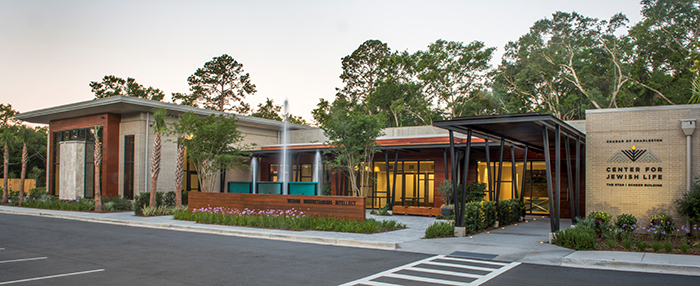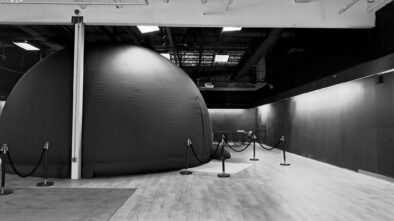Learn more about the 300 year history of the Jewish Heritage in Charleston, South Carolina
Charleston, South Carolina, has a rich Jewish heritage with a history spanning over 300 years. Here are ten notable aspects:
1. Early Settlement: Sephardic Jews were among the earliest settlers in Charleston, arriving by 1695. They were later joined by Ashkenazic Jews from Germany and Poland.
2. Religious Freedom: Charleston offered religious freedom to Jews, allowing them to vote and participate fully in civic life, unlike many other places at the time.
3. Kahal Kadosh Beth Elohim: Established in 1749, it is one of the oldest synagogues in the United States and a National Historic Landmark. It is the fourth oldest Jewish congregation in the continental U.S. and the second oldest synagogue building in continuous use.
4. Hebrew Orphan Society: Founded in 1801, it was the first of its kind in the U.S., providing support for children of deceased or indigent parents.
5. Jewish Community Growth: By 1820, Charleston had the largest Jewish community in the U.S., with Jews making up 5% of the city’s white population.
6. Reform Judaism: Charleston played a significant role in the development of Reform Judaism in America[3].
7. Civic Engagement: Jews in Charleston were active in civic life, with some serving in political positions and as officers in the Confederate Army during the Civil War.
8. Cultural Integration: Jewish Charlestonians were well integrated into the broader community, participating in business, civic clubs, and charitable organizations.
9. Modern Community: Today, Charleston is home to approximately 12,000 Jews, with active Reform, Conservative, Orthodox, and Chabad congregations.
10. Cultural Events: The Jewish community hosts events like “Hanukkah in the Square,” which are open to both Jewish and non-Jewish residents.
About Kahal Kadosh Beth Elohim (KKBE)
Kahal Kadosh Beth Elohim (KKBE) in Charleston, South Carolina, has a significant historical legacy as one of the oldest Jewish congregations in the United States. Founded in 1749, it is the fourth oldest Jewish congregation in the continental U.S. and the second oldest synagogue building in continuous use.
Initially, KKBE was an Orthodox congregation, primarily composed of Sephardic Jews. The congregation constructed its first synagogue in 1794, which was considered the largest and most impressive in the U.S. at the time. Unfortunately, this building was destroyed in the Charleston fire of 1838.
In 1840, the current synagogue was built in the Greek Revival style, designed by architect Cyrus L. Warner. It was dedicated in 1841, with a service that marked the congregation’s shift towards Reform Judaism, making it the first Reform congregation in the U.S.
KKBE played a pivotal role in the development of Reform Judaism, with significant liturgical changes initiated in 1824. The synagogue’s history is also marked by its members’ contributions to the American Revolution and the broader community.
Kahal Kadosh Beth Elohim (KKBE) in Charleston, South Carolina, played a crucial role in the development of Reform Judaism in the United States. The congregation, founded in 1749, initially followed Orthodox Sephardic traditions. However, by the early 19th century, some members sought to modernize Jewish worship practices.
In 1824, a group of 47 members petitioned the synagogue’s trustees to introduce reforms, such as conducting prayers and sermons in English and abridging Hebrew rituals. Although initially denied, this movement led to a temporary split within the congregation. By 1833, the congregation reunited with a strong support for reform, and by 1841, KKBE had formally embraced Reform Judaism, becoming the first Reform congregation in the U.S..
The synagogue’s adoption of Reform practices included choral singing, organ music, and the use of German instead of Hebrew for certain parts of the service. This shift mirrored the broader Reform Movement, which began in Germany in the 1810s and sought to modernize Jewish worship and theology. Today, KKBE remains a significant symbol of Reform Judaism in America.
Additional Sources and Research
- Jewish History – Charleston Raconteurs
- Coastal City Where Jewish Unity Thrives – Charleston, South Carolina – Momentum Unlimited
- Charleston, South Carolina – Jewish Virtual Library
- South Carolina: Uptown/Downtown – Jewish Heritage Collection
- 11 Facts About Jewish South Carolina – The Forward
- Jewish History in Charleston – Charleston Living Magazine
- Our History – Kahal Kadosh Beth Elohim
- Charleston Jewish Federation
- Hillel at the College of Charleston


Hillel at the College of Charleston


